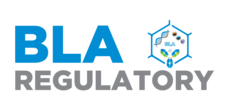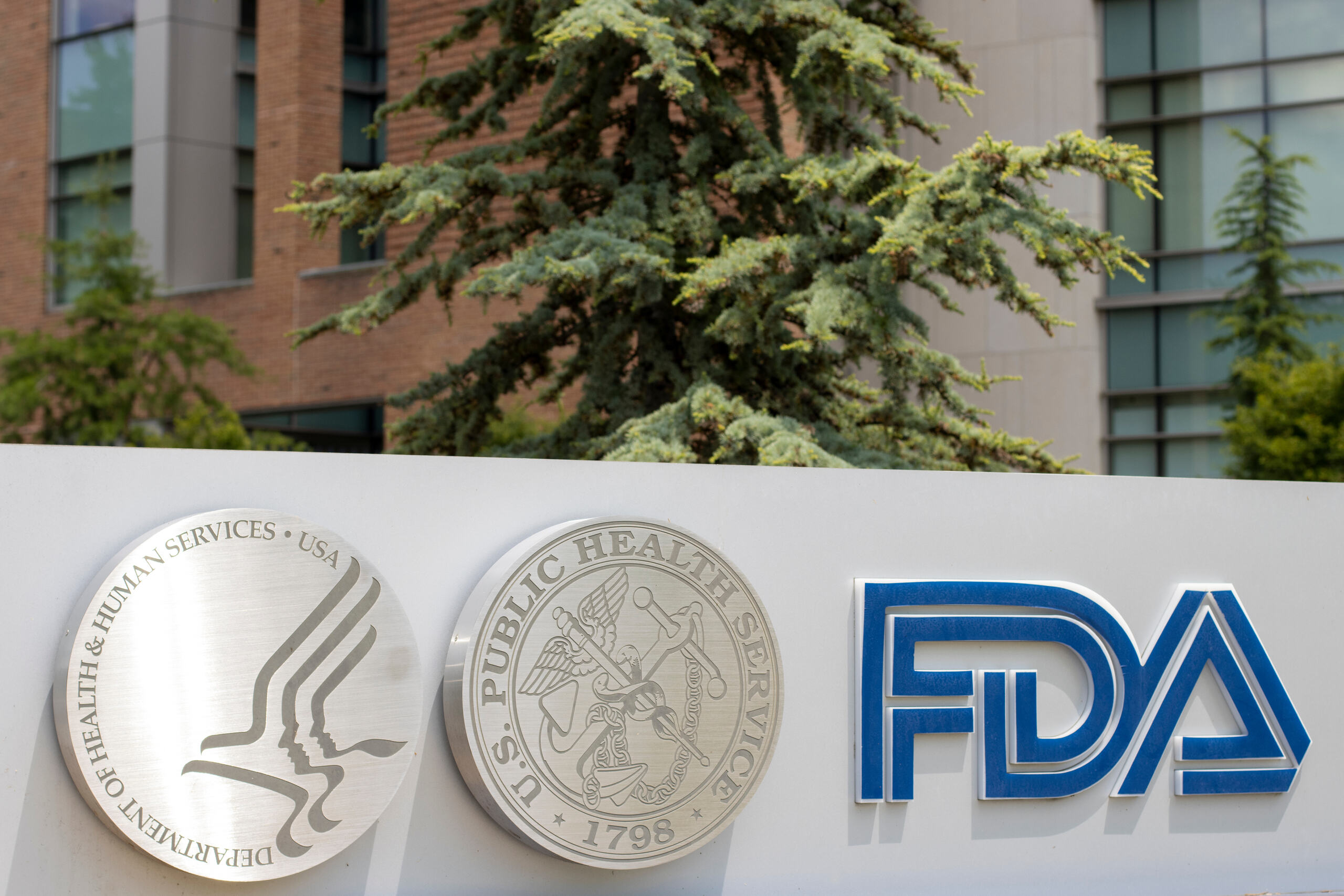Snapshot of US FDA Drug Approval Trends 2024 - 25
September 24, 2025
The FDA’s approval landscape in 2024 delivered 50 novel drug approvals, maintaining strong momentum with a 10-year rolling average now at 46.5 approvals per year, a new benchmark for sustained innovation. Unlike early-stage trial data, here we learn from products that have crossed the finish line and are now available to patients – nothing speculative.
This week’s article presents key approval statistics, data on regulatory pathway performance, and market composition trends derived from the FDA’s latest approvals of small molecules and biologics. These insights are valuable for pharmaceutical executives, business development professionals, regulatory strategists, and investment decision-makers, aiding in more predictable regulatory and commercial planning.
Key Performance Indicators That Matter
- Regulatory Efficiency: The FDA achieved an impressive 94% PDUFA goal date compliance rate in 2024, demonstrating predictable review timelines that support accurate project planning and investor guidance. This consistency is crucial for companies to plan commercial launches with greater confidence in regulatory timelines, supporting more aggressive market preparation and launch investment.
- Market Access Focus: A significant 52% of approved drugs in 2024 targeted orphan diseases, reflecting both regulatory incentives and the commercial viability of rare disease markets. For business development teams, this trend underscores the continued value proposition of orphan drug designation strategies.
- Pipeline Velocity: With 16 novel drugs approved in the first half of 2025, the Agency maintains steady approval rates despite evolving regulatory landscapes and industry challenges.
2024 Novel Approvals – Key Highlights
- First-cycle Approvals: 74% (37/50) cleared on first review.
- U.S.-first Approvals: 68% (34/50) approved in the U.S. before other global regulators
- First-in-Class Therapies: 44% (22/50) were first-in-class, spanning small molecules, monoclonals, and bispecific antibodies
- Notable treatments included:
- Rezdiffra (resmetirom) for non-alcoholic steatohepatitis (NASH)
- Voydeya (danicopan) for paroxysmal nocturnal hemoglobinuria
- Iqirvo (elafibranor) for primary biliary cholangitis
Market Composition and Therapeutic Trends
Balancing Innovation and Tradition
- The 2024 approval class maintained a 64% small molecule to 32% biologics ratio, reflecting the enduring commercial viability of traditional drug discovery alongside advanced biological therapeutics. This distribution offers strategic guidance for portfolio allocation and investment prioritization.
- Small Molecules: Continue to dominate approvals, offering advantages in manufacturing scalability, global distribution, and oral bioavailability that remain commercially attractive.
- Biologics Growth: The 32% biologics share includes 10 monoclonal antibodies and 3 bispecific antibodies, highlighting the maturation of antibody engineering and the emergence of next-generation formats.
Oncology’s Continued Dominance
- Oncology led 2024 approvals, with 15 oncology approvals in Q4 2024 alone, demonstrating the therapeutic area’s combination of high unmet need, strong regulatory pathways, and robust commercial markets. Cancer therapies accounted for 80% of accelerated approvals, emphasizing oncology’s unique regulatory advantages.
- Emerging Opportunities: Dermatology and non-malignant hematology each captured 6 approvals (12%) in 2024, suggesting growing commercial interest in these historically underserved areas.
Rare Disease Market Dynamics
- With 52% of 2024 approvals targeting orphan diseases, the rare disease market has evolved from a niche opportunity to a mainstream pharmaceutical strategy. This trend reflects both regulatory incentives and the premium pricing sustainability of rare disease therapeutics.
Expedited Pathways – The New Standard of Excellence
Competitive Advantage of Breakthrough Therapy Designation
- The Breakthrough Therapy program continues to demonstrate its value with 587 designations granted from 1,516 requests—a 38.7% success rate so far.
- More importantly, 317 breakthrough-designated products have achieved full FDA approval (54% of those granted BTD), validating this pathway as a genuine accelerator for meaningful innovation.
- The success rate suggests that companies should pursue multiple designation requests across their pipelines to optimize regulatory success probability.
Commercial Impact: Products with breakthrough designation don’t just reach market faster—they often command premium positioning and enhance stakeholder confidence. The designation signals to investors, payers, and prescribers that the FDA recognizes substantial clinical advancement.
Steady Growth of Fast Track Approvals
- 31 Fast Track approvals in 2024 demonstrate the program’s continued relevance for addressing unmet medical needs.
- Unlike breakthrough therapy, Fast Track offers earlier and more frequent FDA communication, providing strategic advantages during development planning and regulatory submissions.
The Verdict
- A remarkable 57% of applications in 2024 had accelerated, breakthrough, and/or fast-track designation, indicating that expedited pathways have become the norm rather than the exception for innovative therapies.
- This shift requires companies to build expedited pathway strategies into their development plans from the earliest stages.
Business Development Perspective: Products without expedited designations face not only longer development timelines but also potential competitive disadvantages in partnering discussions and market positioning.
Strategic Intelligence & Market Outlook
Regulatory Pathway Optimization
- Priority Review Correlation: 98% of accelerated approval applications and 96% of breakthrough therapy applications received priority review, demonstrating the interconnected nature of expedited pathways. Strategic regulatory planning should view these designations as complementary rather than alternative approaches.
- First-Cycle Success: Therapies with expedited designations show significantly higher first-cycle approval rates, translating to reduced regulatory risk and more predictable market entry timelines.
Generic and Biosimilar Markets
- Generic Competition: 44 first generic approvals in the first half of 2025 indicate robust generic competition, requiring brand manufacturers to optimize lifecycle management strategies and value demonstration.
- Biosimilar Expansion: 8 biosimilar approvals through Q2 2025 continue the biosimilar market’s steady growth, with implications for reference product manufacturers and healthcare cost management.
Immediate Action Items for Industry Leaders
- Regulatory Strategy: Audit current pipeline assets for expedited pathway opportunities and establish designation request protocols for all development programs.
- Portfolio Allocation: Increase orphan disease investment allocation to align with market approval trends and commercial opportunities.
- Commercial Planning: Leverage improved PDUFA predictability for enhanced launch readiness and market preparation.
- Competitive Intelligence: Monitor breakthrough therapy designations and fast-track grants as early indicators of competitive pipeline advancement.
Closing Thoughts
As FDA approvals continue to reflect the vibrant pace of pharmaceutical innovation, the evolving regulatory environment presents both opportunities and challenges. The increasing use of expedited pathways, the prominence of orphan disease markets, and improved regulatory efficiency together enable more reliable and strategic development planning. Companies that proactively embrace these trends—integrating breakthrough designations, leveraging real-world evidence, and anticipating shifting market dynamics—will be well-positioned to accelerate product launches and capture competitive advantage.
This snapshot of FDA approval trends underscores the importance of adaptive strategies backed by solid regulatory intelligence. As the landscape advances, staying informed and agile remains essential for success in bringing transformative therapies safely and swiftly to patients worldwide.
References
- Novel Drug Approvals for 2024 | FDA
- FDA Approval Stats: Trends in First Generics, Biosimilars, etc.
- FDA Breakthrough Therapy Approvals
- CDER Fast Track Calendar Year Approvals 2024
- FDA Approvals in Oncology October-December 2024 | AACR
- “2024 FDA approvals: 50 new therapeutics” Nature
- “50 new drugs received FDA approval in 2024” Chemical & Engineering News
- FDA – [NEW Molecular Entity (NME) and New Biologic Approvals, CDER] S. Food and Drug Administration

